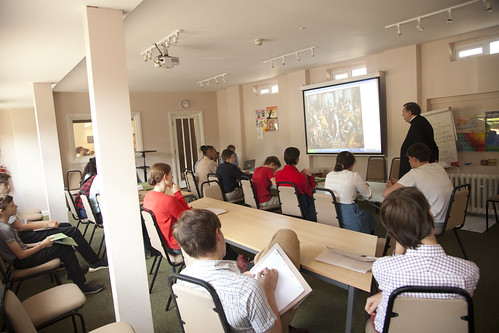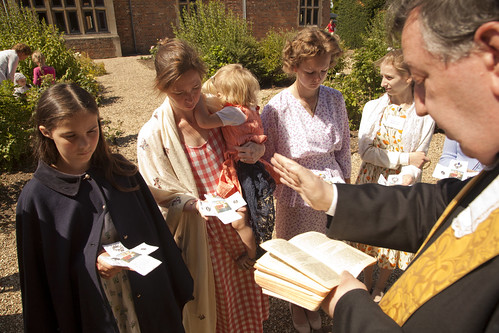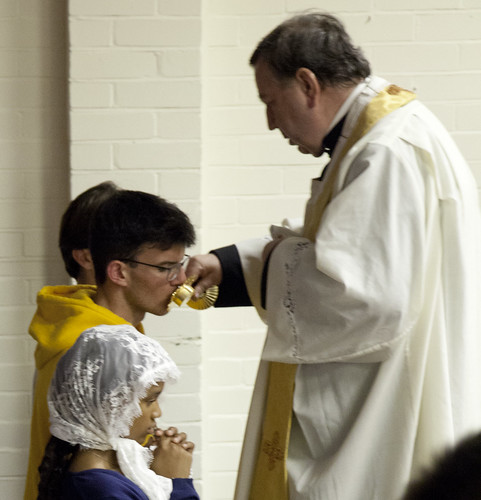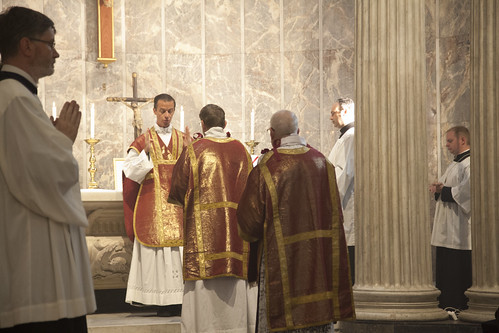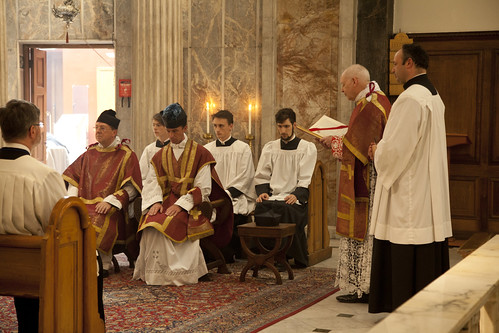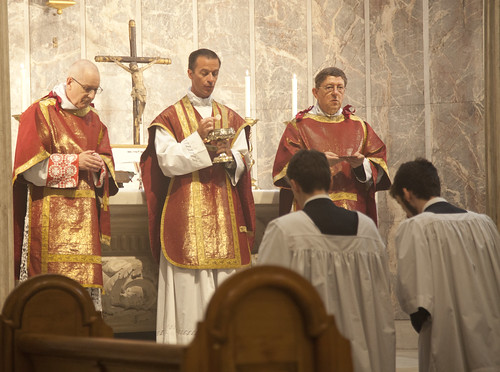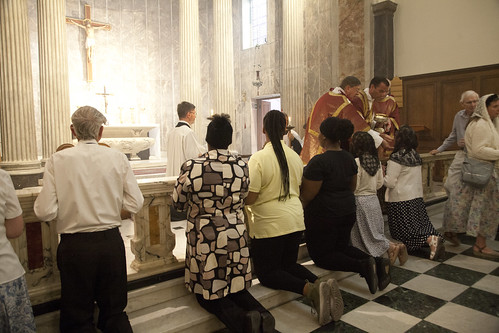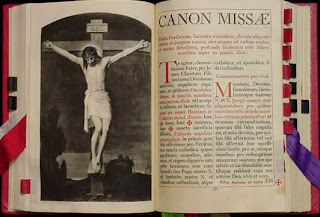Chairman's Blog
SCT Summer School: Classes and activities

To this end we have five 40-minute lessons most days, as well as Sung Mass, Rosary, Compline, and activities. Most of one day was dedicated to a trip to Oxford, where we had Mass in the Oratory and a tour of some sites of particular Catholic interest.
The week includes a quiz on what the children have learned, and we had football and tennis in the afternoons.
Every year the children perform a staged reading of part of Dorothy Sayers' radio plays on the life of Christ.
To join the mailing list email info@stcatherinestrust.org; to make a donation see here.
SCT Summer School photos: liturgy
Support the Latin Mass Society
LMS AGM Mass: photos
Radio discussion with Fr Robert McTeigue SJ
You can hear my latest chat with Fr McTeigue SJ on his Catholic Current radio show here.
New video on the LMS Walsingham Pilgrimage
Part-time Job opportunity at the Latin Mass Society
 |
| The current LMS Office, when it opened in 2009. |
- Office administration - The Office Assistant acts as the principal secretary for the LMS office.
- This includes general correspondence, answering telephone calls, post and emails.
- Membership administration - The Office Assistant is responsible for the membership database (CiviCRM), membership renewals, data entry, data analysis, data export (print or email mail-merges).
- Mail-order - The Office Assistant is responsible for the administration of the LMS online shop (Drupal Commerce). This includes stock replenishment, stock management, product updates/additions and order fulfilment (picking, packing & mailing).
- Information administration - The Office Assistant is responsible for compiling information which pertains to the Charity, including research and document publication and distribution.
- Volunteer administration – The Office Assistant is responsible for overseeing office work undertaken by volunteers.
- Other tasks as determined by the General Manager.
New podcasts: interview with Timothy Stanley
Tim writes in the Telegraph and is on Twitter as @timothy_stanley
Learn Latin this Summer! Residential and Online options
 |
| Mass at Park Place during the Guild of St Clare Sewing Retreat in the spring. |
Residential Latin Course, 8th - 13th August
Online Courses, July–October
What does Pope Francis mean in Desiderio desideravi?
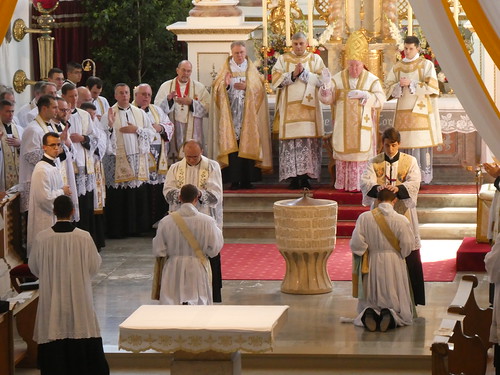 |
| The laying-on of hands at the recent priestly ordination in Bavaria for the Fraternity of St Peter. |
My latest on 1Peter5.
Desiderio desideravi: “with desire have I desired,” Our Lord said to His Disciples before the Last Supper, “to eat this Pasch with you.” The quaint Latin phrase is a literal translation of the Greek of the Gospels (Luke 22:15; Matthew 13:14), but it is no less quaint in Greek. It is in fact an expression at home in Hebrew, which does this kind of thing to express a superlative. No doubt this was an expression in use in Our Lord’s native Aramaic as well. The fidelity of a succession of translators has brought it to us today as something at once mysterious, poetic, intriguing, and rather beautiful. The effort necessary to understand it, its very elusiveness, has the effect of fixing it in our minds, and making it echo in our souls. To put it another way, the slight barrier to propositional understanding increases its transformative potential for us.
Every poet, every novelist, knows this. It is a mystery hidden, however, from modern Biblical translators, who come up with phrases like the one used in the English version of Pope Francis’ Apostolic Letter of this name: ‘I have earnestly desired.’ It is flat, utilitarian, and drab; defensible as a translation, to be sure, on modern principles, but about as memorable as a corporate mission statement.
Which is to be master, one may ask? The Church’s Tradition, which draws us in through mystery, or the flattened-out, dreary rationalism of liturgical Modernism? It is a problem with which Pope Francis struggles in this Letter. He sees the struggle in terms of avoiding two bad options, which present themselves as opposites.
I want the beauty of the Christian celebration and its necessary consequences for the life of the Church not to be spoiled by a superficial and foreshortened understanding of its value or, worse yet, by its being exploited in service of some ideological vision, no matter what the hue (16).
The Myth of Liberal Neutrality
Beleaguered liberal academics often appeal to the idea that universities should be neutral on substantive issues: they should teach the scientific or philosophical method, or the method of literary criticism, or whatever, but not enforce a single view of the correct answers. This kind of argument is also used in relation to schools, and in general to all the activities of the state. It is not just a bad argument, but a strategically disastrous one.
Classical liberals claim that what they want is simply a framework within which free enquiry can take place. The only limit to the debate which a classical liberal can accept is the defence of free enquiry itself. The only voices which are excluded are those which would silence other voices. But — they say — this is not a real limitation, a limit on what substantive results are allowable, because it is merely the limit imposed by rationality itself. Those who would silence other voices are rejecting rationality, in rejecting the value of the free debate which those voices would stimulate.

